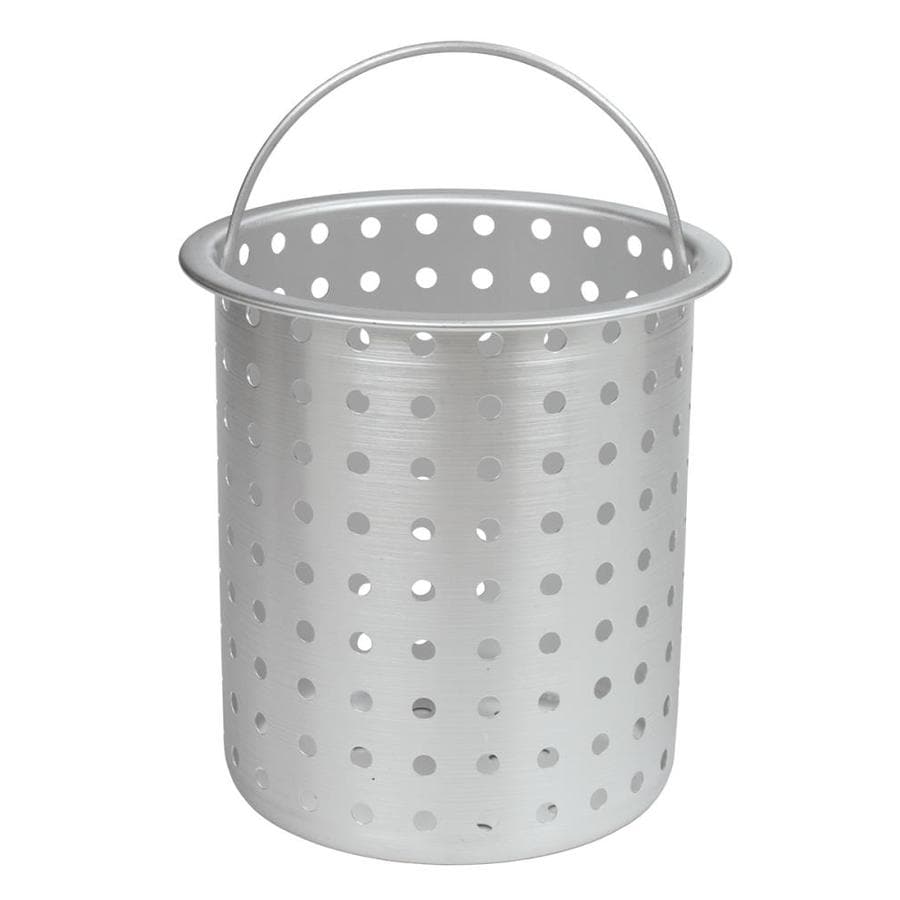- Joined
- Jun 21, 2018
- Messages
- 151
- Reaction score
- 18
- Points
- 18
I just got an electric brewing kettle, which I also want to use for mashing.
My idea is as follows:
Attach a very fine stainless mash to the false bottom.
Mash with the whole volume of water, in the kettle.
Drain the liquid to a container (same one I'd later use for my no-chill and fermentation).
Remove the spent malt and false bottom, pour the liquid back in the kettle, and brew.
Is there any problem with this method? (I assume it's pretty much exactly the same as BIAB as far as the actual result goes, isn't it?)
My idea is as follows:
Attach a very fine stainless mash to the false bottom.
Mash with the whole volume of water, in the kettle.
Drain the liquid to a container (same one I'd later use for my no-chill and fermentation).
Remove the spent malt and false bottom, pour the liquid back in the kettle, and brew.
Is there any problem with this method? (I assume it's pretty much exactly the same as BIAB as far as the actual result goes, isn't it?)









